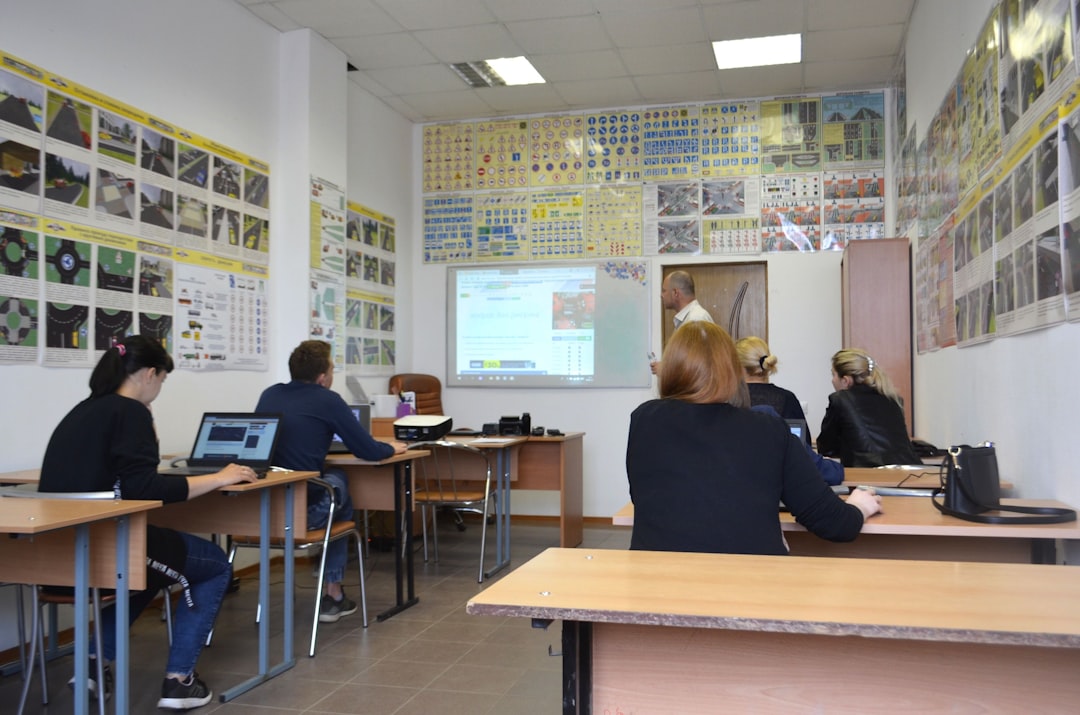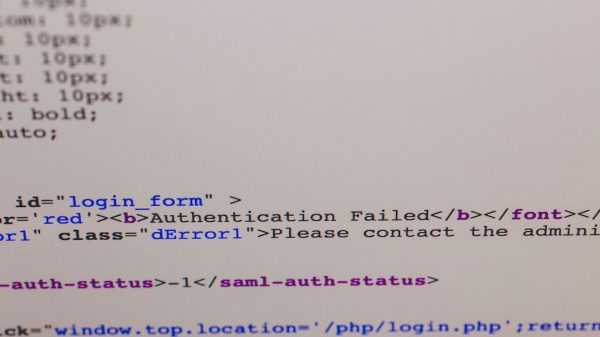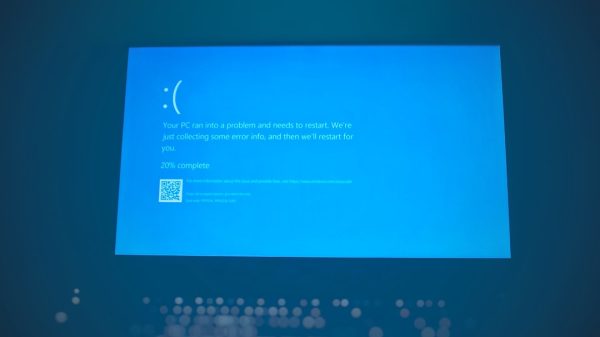With the increasing need for high-quality educational resources in the classroom, finding reliable, academic content for K–12 students can be a challenge. Many teachers turn to digital libraries to supplement their curriculum with credible sources, and one such treasure trove is JSTOR. Traditionally used by college students, JSTOR has now expanded access to K–12 educators and students through a low-cost initiative aimed at transforming how advanced academic content is delivered in pre-college classrooms.
What Is JSTOR?
JSTOR (short for Journal Storage) is a vast digital library housing thousands of academic journals, books, and primary sources across multiple disciplines, including science, literature, history, social sciences, and more. It is well-known for its deep archives and scholarly credibility, making it a go-to resource for institutions around the world.
Because JSTOR has long catered to higher education, many K–12 educators have not traditionally considered it accessible or appropriate for their students. However, with JSTOR’s dedicated JSTOR for K–12 Schools program, that landscape is rapidly changing.
Affordable Access for K–12 Schools
One of the most attractive aspects of the JSTOR K–12 initiative is its affordability. Understanding the tight budgets most schools operate under, JSTOR provides access to its curated K–12 Collection at a significantly discounted rate. In some cases, institutional subscriptions can cost as little as $150 per school per year, especially for smaller institutions.
This budget-conscious plan includes tailored content ideal for middle and high school students, opening doors to more than 2,700 journals and 70,000+ primary source documents that are appropriate and accessible for younger learners.
The K–12 Collection also includes tools that are teacher- and student-friendly, such as simplified search functions, reading-level filters, and educator guides aligned to standards.

Why JSTOR for K–12?
While there is no shortage of educational websites and resources, JSTOR has distinct advantages:
- Scholarly Integrity: JSTOR’s articles and texts come from credible, peer-reviewed sources, giving students a strong foundation for academic research.
- Critical Thinking: Access to academic literature encourages higher-level thinking and discussion, particularly useful for IB, AP, and honors classes.
- Content Diversity: From art history to environmental science, JSTOR covers subjects that broaden the educational experience.
- Support for Teachers: JSTOR offers curated lessons, thematic collections, and the ability to create custom resource lists.
These features make it not just feasible, but valuable, for high school and even middle school classrooms exploring deep content.
How Teachers Can Effectively Use JSTOR
To maximize JSTOR’s potential in the K–12 setting, here are some best practices and suggestions for teachers:
1. Integrate in Research Projects
Whether students are researching historical events or writing persuasive essays, JSTOR allows them to incorporate credible sources that strengthen their arguments. Teachers can guide students in using keyword strategies and creating search queries within the platform.
2. Curate Reading Lists
JSTOR enables teachers to compile customized reading lists and collections tied to specific units. For example, during a Civil Rights unit, educators can pull scholarly articles, personal letters, and newspaper clippings from JSTOR to enhance discussion and understanding.
3. Scaffold Article Usage
Younger learners might find academic language overwhelming. Teachers should consider assigning shorter sections, using graphic organizers, and having students practice annotating texts to build comprehension skills gradually over time.
4. Connect to Standards
JSTOR provides resources organized by Common Core and state standards, making it easy for teachers to align texts with curricular goals. Lesson guides often include essential questions, vocabulary terms, and writing prompts.

Examples of Classroom Use
Here are a few practical scenarios showing how K–12 teachers are using JSTOR:
- AP English Literature: Incorporating JSTOR articles about literary criticism alongside classic texts like “The Great Gatsby” or “Hamlet.”
- World History: Accessing primary sources such as political documents, letters, and ancient manuscripts to deepen historical understanding.
- Environmental Science: Using recent scholarly articles to connect classroom content with current environmental concerns, such as climate change or conservation efforts.
In each of these examples, students gain not only a deeper understanding of content but also enhanced research skills and exposure to college-level expectations.
Training and Support for Educators
JSTOR also offers online training modules, webinars, and PDF guides for educators new to the platform. Many districts facilitate professional development around digital resources, and JSTOR can be an excellent addition to that training.
Teachers can also join the JSTOR K–12 Community to share lessons, discover best practices, and stay updated on new features and content releases. Collaboration among peers is key to making the most of this tool.
Barriers and Challenges
Despite its benefits, JSTOR is not without obstacles:
- Reading Level: Many of the texts are written for a college-level audience, which may intimidate or frustrate younger students.
- Digital Literacy: Some students may not be comfortable navigating search tools or interpreting scholarly articles.
- Access Management: Schools must manage login credentials or IP authentication, which might pose initial logistical issues.
However, these challenges are not insurmountable. With targeted scaffolding and educator support, teachers can help students develop the skills needed to effectively engage with JSTOR content.
The Future of JSTOR in K–12 Education
As digital classrooms become the norm, resources like JSTOR will likely play an even larger role in student learning. Their ongoing commitment to affordability, accessibility, and K–12 pedagogy signals a growing investment in shaping the next generation of readers, thinkers, and researchers.
Whether it’s a fully virtual class, a hybrid model, or a traditional classroom, JSTOR offers a scalable, quality-driven solution that bridges the gap between K–12 learners and academic knowledge.
Frequently Asked Questions (FAQ)
-
Q: Is JSTOR free for teachers or students?
A: JSTOR is not entirely free, but the K–12 Collection is available at a deeply discounted rate for schools. Additionally, some individual articles are accessible through the free “Register & Read” program. -
Q: What grade levels benefit most from JSTOR?
A: Middle and high school students, particularly those in honors, AP, or IB courses, benefit the most due to the academic level of the material. -
Q: Can students access JSTOR at home?
A: Yes, if the school has enabled off-campus access via usernames or IP authentication. Some content may also be freely available directly through the JSTOR platform. -
Q: What’s the difference between JSTOR and other educational platforms like Khan Academy or Newsela?
A: JSTOR focuses on scholarly articles and academic journals, offering depth and rigor, while platforms like Khan or Newsela are typically more tailored to K–12 levels with customized content and assessments. -
Q: Are there built-in tools for teachers on JSTOR?
A: Yes! JSTOR provides tools for saving searches, curating resource lists, bookmarking articles, and accessing instructional strategies.
By investing in JSTOR for K–12, educators can transform their classrooms into research-rich environments where students gain confidence in navigating academic content and develop skills essential for college and beyond.


































